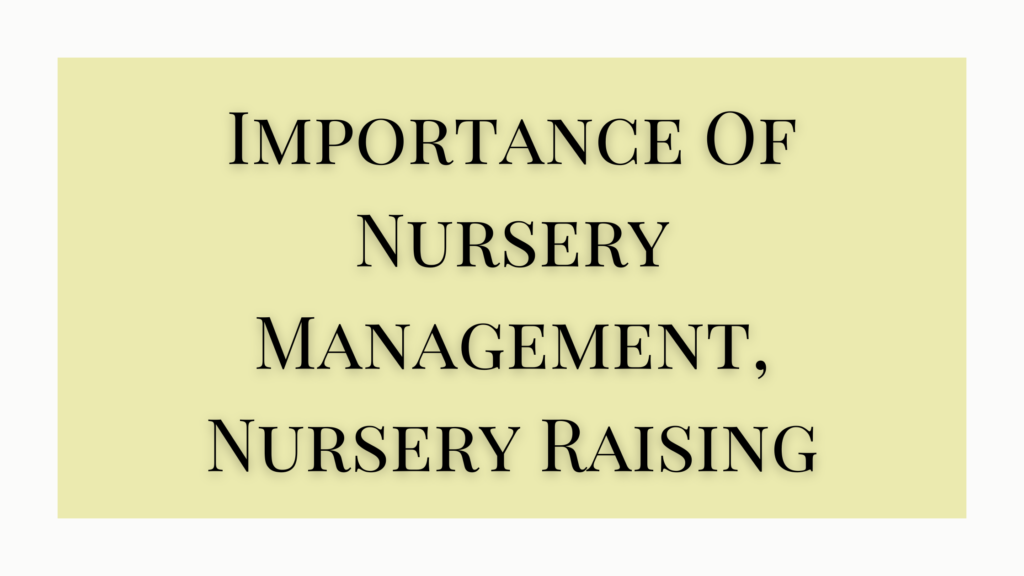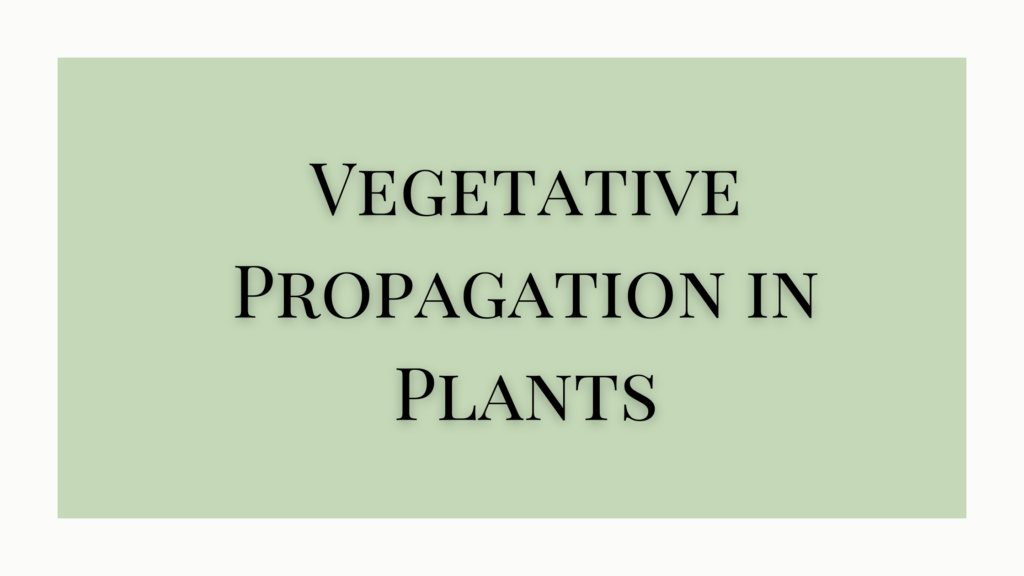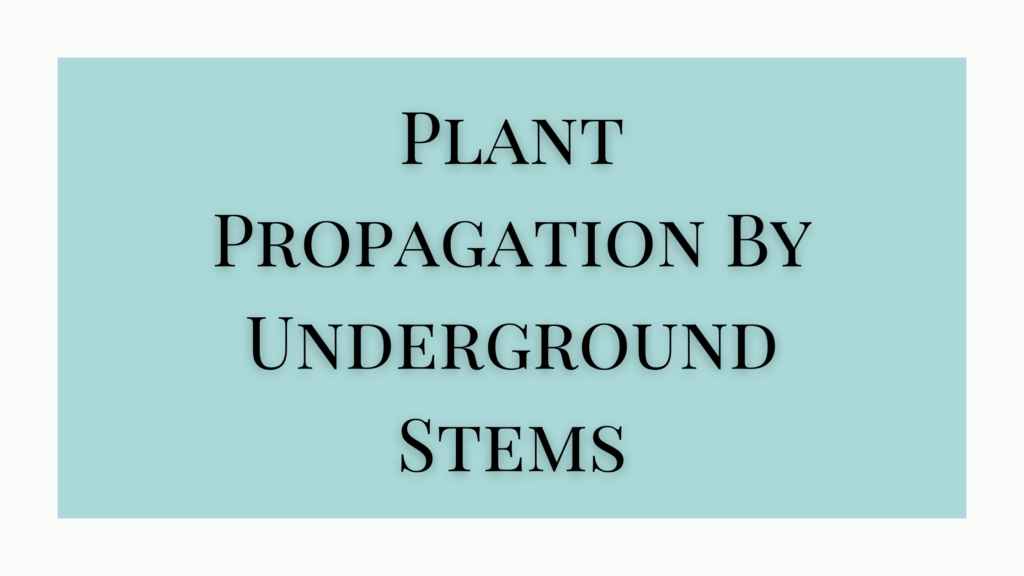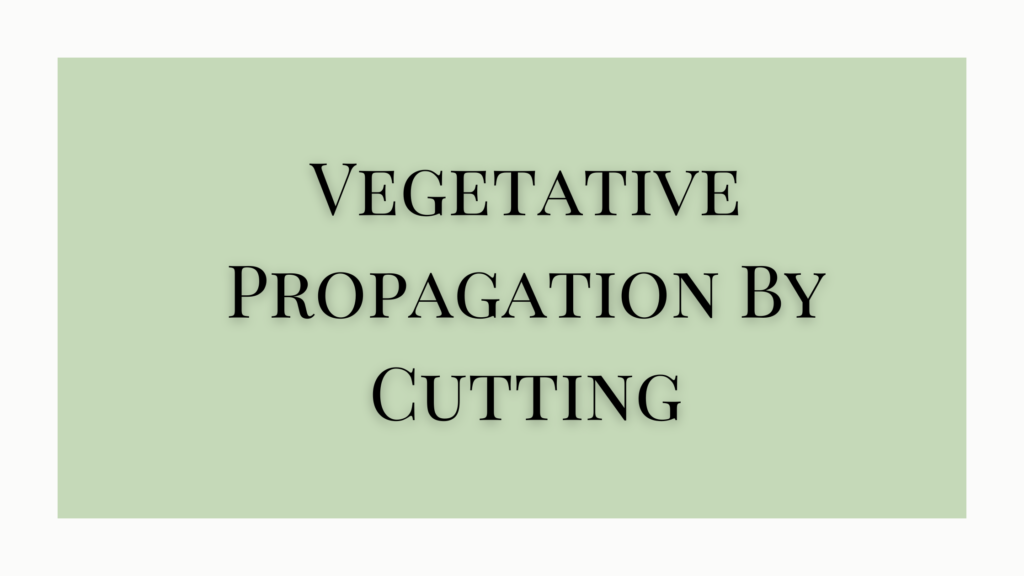In horticulture, a nursery is a place where plants in their early stages of growth are cared for. A nursery provides suitable conditions that enable healthy termination and subsequent growth. They can be simple in a small area or sophisticated in a larger area. Either way, the care for plants is similar.
Growing plants in a nursery allows a controlled environment during the critical stages of germination and early seedling growth. This is why horticulturists need to understand the importance of nursery management, nursery raising, and other related information.
Preparation of Seed Bed
The seedbed should provide an environment conducive to rapid seed germination and growth. For most plants, such a seedbed is one in which the surface soil is soft, fertile, and free of clods and crop residues. The subsoil should be permeable to air and water and also have adequate drainage and aeration.
The seedbed should preferably be located on well-drained virgin soil capable of producing good seedling growth. They should be conveniently placed in an open space. Soil should be of average fertility, deep, fine sandy, loam, free from stones, and contain a fair amount of organic matter.
If the soil is not sufficiently rich, it may be improved by growing green manure crops and incorporating it at least two months before the preparation of beds. A heavy application of compost may serve the purpose.
Steps of seedbed preparation
The first step in seedbed preparation is to plow the land deeply to reduce the size of soil clods give a smooth soil surface and level the soil. The soil should not be plowed when it is too wet or dry as it can destroy the normal structure and make it difficult for aeration and water penetration.
Chemicals such as gypsum are used to improve the physiochemical properties of the soil. Organic manures like compost or live manure help in the early emergence of seedlings from crusting soil.
Chemicals are also added before preparation to destroy harmful weeds, insects, and pathogens. Deep plowing or spading and exposing the soil to the sun in summer is a good practice to kill harmful organisms.
Even if chemicals artificially sterilize the soil, the addition of organic manure is essential to ensure the biological activity of the microbes.
Management of Seedlings
Seeds should be sown in rows covered by fine soil over the rows and firming it lightly. The depths of sowing depend on the type of seeds and soil.
Care must be taken to ensure optimum light, temperature, moisture, and aeration in the seedbed. Caution must be taken to prevent overheating or lack of aeration, which will make the plant soft.
Overwatering can make plants like succulents soft and susceptible to damping off disease, while excessive shading causes etiolation. Exposure to low temperatures can cause frost injury and wilting due to overexposure to the sun.
Sometimes, shading of some young tender seedlings is ideal to protect them from strong sun. A simple covering of shading material over the plants is the easiest way to do so. A light framework can be provided to support the material, and colored polythene sheets or natural leaves or straw could be used.
The seedlings may remain in the seedbed for one month or 1-3 years, depending on the plant. Vegetative and ornamental seedlings are usually kept in the nursery for a few months.
Transplanting
Plants brought up in the seedbed are transplanted to their permanent location. The common practice is to sow seeds thickly in seedbeds and as soon as they begin crowding, they are transplanted either to suitable pots or to their permanent location.
If they are not being transplanted, ensure that the nursery bed is large enough to accommodate the seedlings without crowding each other.
Transplantation promotes root branching. Those who don’t prefer transplantation are directly moved to the field. There are a few factors that determine whether the plant will stand transplantation well or not.
- Amount of root system retained during transplanting.
- The capacity of retained roots to absorb water during the first few days after transplanting.
- Rate of new root formation.
When the seedlings are well developed, transplanting is done by hand or machine. During transplanting, it is desirable to retain as much soil around the roots as possible and not to disturb the root system.
Transplanting operations are best done in soils just wet enough but not too sticky. Immediately after transplantation, the plants are firmly pressed and watered. It is better to provide shade during the day.
Often, a starter or booster solution containing nitrogen, phosphorus, and potassium is used for watering them. The solution is diluted before use. Once the plants establish a good root system, the shade is gradually removed, and they are fully exposed to the sunlight.
Reasons for failure in transplanting
- Plants are not watered frequently after transplanting.
- Plants are not shaded properly, leading to more water loss than what is absorbed.
- They are not protected well from wind and become desiccated.
- Seedlings become soft and succulent without a proper root system.
- Differential environmental conditions exist in seedbeds and fields.
Hardening of Plants
Hardening or hardening off is any treatment that leads to the firming or hardening of the plant tissues to enable them to better withstand unfavorable conditions such as frost injury, insect injury, whipping, hot drying, winds, or other conditions.
In the nursery, the seedlings often become succulent and tender because of a high amount of nitrogen, high temperature and humidity, low light intensity, etc. Such seedlings do not stand transplantation well unless they are hardened before being them to the open field.
This is achieved by withholding the supply of moisture, reducing temperature, or a combination of these two, for a week or two before the seedlings are taken from the nursery.
The reduced growth rate enables the plant to withstand dedication until the root system becomes established. Tender plants that transpire rapidly have less chance of survival under warm, windy, or dry conditions following transplanting.
Hardening should be gradual to prevent a severe check of growth or possibly killing of plants. Over-hardening results in extremely stunted growth and reduced yield. Similarly, exposure to low temperatures for hardening may result in premature development of seed stalks in certain plants like cabbage and celery.
Generally, hardening results in reduced growth to the thickening of the cuticle, increased waxy covering on leaves, and increased percentage of hygrophilous colloids and dry matter. At the same time, there will also be a decreased percentage of freezable matter and rate of transpiration along with increased sugar content, pink coloration in the stem, petioles and leaf veins, etc.
However, the leaves of hardened plants are deeper green and smaller than those of unhardened plants of the same age.
Importance of Nursery Management
Here are the reasons why nursery management is important.
- Nurseries provide ideal growing conditions that ensure proper growth in the early stages of plants.
- Nursery raising makes it easier to care for young seedlings and prevent infections, pests, and interference of weeds.
- Crops grown in nurseries are more profitable as they can be prepared for plantations at a much earlier stage. Moreover, they can be sold at a higher market value.
- Nursery raising can be done on raised beds where space is less. This will leave the mainland for the crops.
- The separate space for the nursery will also give more time to prepare the land for transplantation, which will lead to better crops and management.
- Farmers can get the field ready to plant seedlings, which can be much economical than buying expensive seeds and caring for them.
- The importance of nursery management is also seen with hybrid plants, as these nurseries are ideal for the initial care of the hybrids.
- Seedbeds in nurseries improve germination rates and increase plant vigor.
- Adjusting the growing conditions according to the seedlings is another major importance of nursery management.
- Nursery raising makes way for seed germination in the off-season as well.
- The readily available saplings help the farmers save money and effort.
References
- Nursery Management
- https://www.primescholarslibrary.org/articles/brief-note-on-importance-of-nursery-management-in-horticulture.pdf




